Table of content
Squid, a versatile and widely loved seafood, is celebrated for its mild, slightly sweet flavor and unique texture. However, achieving the perfect balance of tenderness and flavor can be challenging. Overcooking results in a rubbery, chewy mess, while undercooking leaves it raw and unappetizing. This article delves into the science and culinary techniques behind cooking squid to perfection, ensuring it is both tender and bursting with flavor. From selecting the freshest catch to mastering cooking methods like stir-frying, grilling, and braising, we’ll explore every step to elevate your squid dishes.
Understanding Squid Anatomy and Texture
Squid belongs to the cephalopod family, alongside octopus and cuttlefish. Its meat comprises two main parts: the body (mantle) and the tentacles. The mantle is a cylindrical tube with a delicate, translucent membrane, while the tentacles are firm and slightly chewy. Squid’s texture is influenced by proteins like collagen, which tighten when heated. Rapid cooking at high temperatures breaks down these proteins, yielding tender results, while slow cooking melts collagen into gelatin, creating a melt-in-the-mouth texture.
Selecting Fresh Squid
The foundation of great squid dishes starts at the market. Look for specimens with:
- Clear, glossy skin: Avoid dull or grayish squid, which may indicate spoilage.
- Firm flesh: Press the flesh gently; it should spring back immediately.
- Mild oceanic scent: Fresh squid should smell like the sea, not fishy or ammonia-like.
- Intact tentacles and eyes: Whole squid should have unbroken tentacles and bright, clear eyes.
Frozen squid is a convenient alternative, but ensure it is vacuum-sealed or flash-frozen to preserve texture. Thaw it slowly in the refrigerator, never at room temperature, to prevent moisture loss.
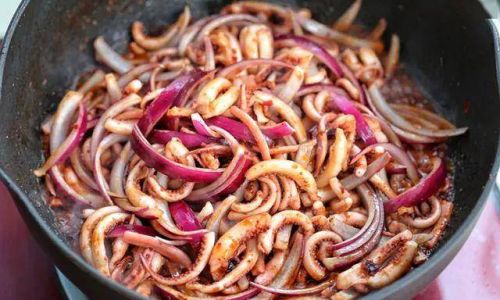
Preparation: Cleaning and Tenderizing
Proper preparation is critical to eliminating toughness. Follow these steps:
Cleaning the Squid
- Remove the head and tentacles: Grip the body firmly and pull the head away from the mantle. The entrails (including the ink sac) will come out with it.
- Detach the beak: Located at the base of the tentacles, the hard, plastic-like beak can be pinched off.
- Peel the membrane: The outer purple membrane is edible but can be tough. Use your fingers or a knife to peel it away, revealing the pearlescent flesh beneath.
- Rinse thoroughly: Cool water removes residual grit or ink.
Scoring the Flesh
Scoring (cutting shallow crisscross patterns) on the inner surface of the mantle serves two purposes:
- Even cooking: Ensures heat penetrates uniformly.
- Aesthetic appeal: Creates attractive curls during cooking.
Use a sharp knife and make diagonal cuts ½ inch apart, being careful not to pierce through the flesh.
Tenderizing Techniques
- Mechanical tenderizing: Pound the flesh lightly with a meat mallet or the back of a knife to break down muscle fibers.
- Chemical tenderizing: Marinate in acidic ingredients like lemon juice, vinegar, or buttermilk. The acid denatures proteins, softening the texture.
- Enzymatic tenderizers: Pineapple or papaya juice contains enzymes (bromelain and papain) that dissolve collagen. Marinate for 30 minutes max to avoid mushiness.
- Baking soda: A pinch mixed with water and applied for 15–20 minutes raises the pH, accelerating browning and tenderizing. Rinse thoroughly afterward.
Cooking Methods for Tender Squid
Stir-Frying (The Ultimate Quick-Cook Method)
Stir-frying epitomizes the “flash-cook” technique, ideal for retaining tenderness.
Steps:
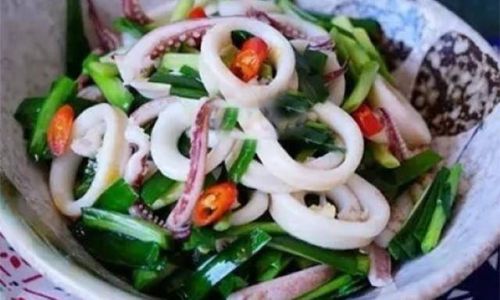
- Prep the squid: Clean, score, and cut into rings or strips.
- High heat: Heat a wok or skillet until smoking. Add oil (peanut or vegetable for high smoke point).
- Quick cooking: Toss squid for 60–90 seconds. Overcooking is the enemy here!
- Add aromatics: Toss in garlic, ginger, chili, or vegetables during the last 30 seconds.
- Sauce: Finish with a mixture of soy sauce, oyster sauce, and a splash of rice wine. The sauce should cling to the squid, not pool in the pan.
Pro Tip: Serve immediately. Squid continues to cook off the heat, risking overdone results.
Grilling or Charring
Grilling imparts a smoky flavor while maintaining tenderness.
Steps:
- Marinate: Use olive oil, lemon, garlic, and herbs for at least 30 minutes.
- Preheat the grill: High heat (450–500°F/230–260°C) ensures quick searing.
- Cook briefly: Grill squid for 2–3 minutes per side. Look for grill marks and slight charring.
- Rest: Let it rest for 2 minutes before serving to redistribute juices.
Variation: Skewer tentacles and mantle pieces for easier handling.
Braising (For Fall-Apart Tenderness)
Slow-cooking transforms tough collagen into gelatin, ideal for stews or soups.
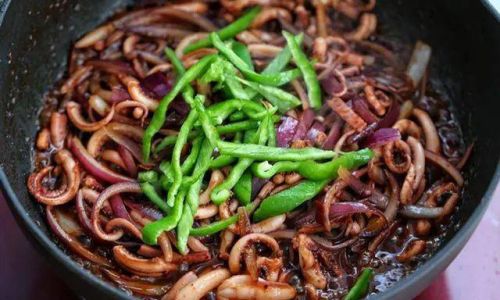
Steps:
- Sear: Brown squid in oil to develop flavor.
- Liquid: Add aromatics (onion, garlic, tomatoes), broth, and wine. Simmer gently for 45–60 minutes.
- Vegetables: Add hearty veggies like potatoes or carrots halfway through.
- Finish: Reduce the liquid to concentrate flavors. Serve with crusty bread.
Pro Tip: Use whole squid for braises; the bones add depth.
Deep-Frying (Crispy Calamari)
Achieving crispy calamari without toughness requires precision.
Steps:
- Coating: Dredge squid in seasoned flour or a light batter (cornstarch + sparkling water).
- Oil temperature: Heat to 375°F (190°C). Test with a thermometer or a cube of bread—it should brown in 15 seconds.
- Fry in batches: Overcrowding lowers oil temperature, causing sogginess. Cook for 1–2 minutes until golden.
- Drain: Place on paper towels to absorb excess oil. Serve immediately with lemon and marinara.
Pro Tip: Add a pinch of baking powder to the batter for extra crispiness.
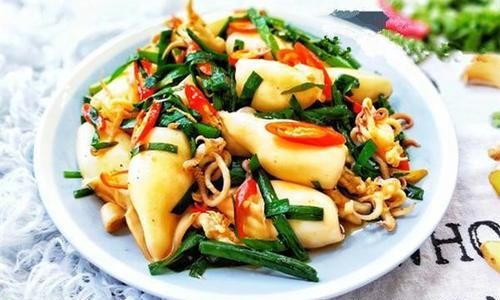
Marinades and Seasonings
Marinades enhance flavor and tenderize. Experiment with:
- Mediterranean: Olive oil, lemon, oregano, garlic.
- Asian: Soy sauce, mirin, ginger, sesame oil.
- Spicy: Chili flakes, lime, cilantro, fish sauce.
- Creamy: Yogurt, turmeric, garlic, paprika (for Indian-style tandoori).
Marinating Time:
- Acidic marinades: 20–30 minutes.
- Enzymatic marinades: 15–20 minutes.
- Oil-based marinades: Up to 2 hours (avoid longer, as squid may become mushy).
Common Mistakes to Avoid
- Overcrowding the pan: Lowers temperature, leading to steaming instead of searing.
- Using low heat: Squid requires high heat to cook quickly.
- Skipping tenderizing: Especially for larger squid.
- Over-marinating: Acidic marinades can “cook” squid, mimicking ceviche (good for raw dishes but not for cooked preparations).
- Ignoring rest time: Letting squid rest after cooking ensures juiciness.
Recipe Ideas
Garlic Butter Stir-Fried Squid
Ingredients:
- 1 lb squid, cleaned and sliced
- 3 tbsp butter
- 4 garlic cloves, minced
- 1 red chili, sliced
- 2 tbsp soy sauce
- 1 tbsp honey
- Juice of 1 lime
- Fresh cilantro for garnish
Instructions:
- Heat butter in a skillet until foaming. Add garlic and chili; sauté 1 minute.
- Toss in squid and stir-fry 90 seconds.
- Add soy sauce, honey, and lime juice; toss to coat.
- Garnish with cilantro. Serve with steamed rice.
Grilled Squid with Chimichurri
Ingredients:
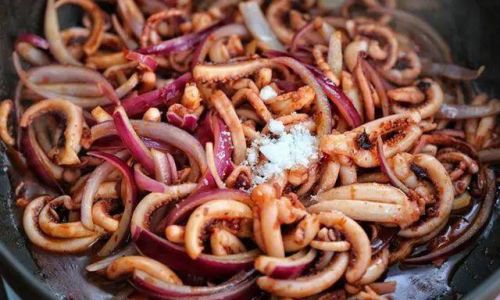
- 1 lb squid tubes and tentacles
- ½ cup olive oil
- ¼ cup red wine vinegar
- 1 cup parsley, chopped
- 3 garlic cloves, minced
- 1 tsp red pepper flakes
- Salt and pepper
Instructions:
- Marinate squid in ¼ cup olive oil, vinegar, garlic, and pepper flakes for 30 minutes.
- Grill 2–3 minutes per side.
- Blend remaining olive oil, parsley, and garlic for chimichurri.
- Serve squid drizzled with chimichurri.
Squid Ink Risotto
Ingredients:
- 1 lb squid, cleaned (reserve ink sacs)
- 1 cup Arborio rice
- 4 cups fish stock
- 1 onion, diced
- ½ cup white wine
- 2 tbsp squid ink
- 2 tbsp Parmesan
- 2 tbsp butter
Instructions:
- Sauté onion in butter until translucent. Add rice; toast 2 minutes.
- Deglaze with wine. Stir in ink.
- Add stock ½ cup at a time, stirring until absorbed.
- Fold in squid during the last 5 minutes of cooking.
- Finish with Parmesan and butter.
Storing Leftovers
- Refrigerate: Cool completely, then store in airtight containers for up to 2 days.
- Freeze: Not recommended, as squid becomes watery upon thawing.
- Reheat: Gently warm in a skillet with a splash of oil to prevent drying.
Pairing Suggestions
- Wine: Crisp whites like Sauvignon Blanc or Albariño.
- Beer: Light lagers or wheat beers.
- Sides: Roasted vegetables, lemon wedges, or crusty bread.
Conclusion
Cooking squid to tenderness is an art that balances science and intuition. By understanding its anatomy, mastering preparation techniques, and choosing the right cooking method, you can transform this humble seafood into a restaurant-worthy dish. Whether stir-fried, grilled, or braised, squid’s versatility rewards experimentation. So next time you’re at the fishmonger, grab a pound of squid and let your culinary creativity sail!
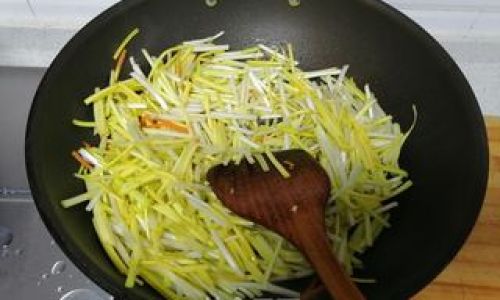
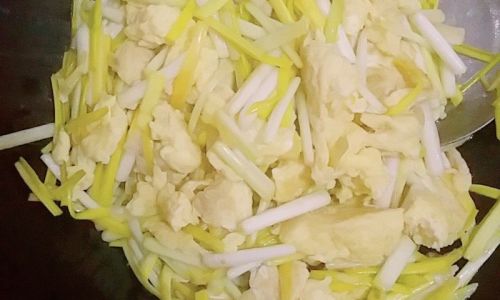
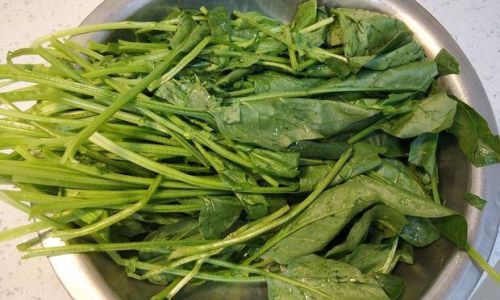

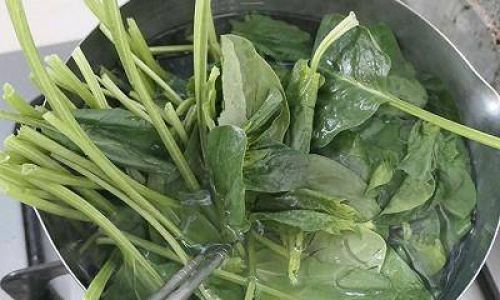
0 comments